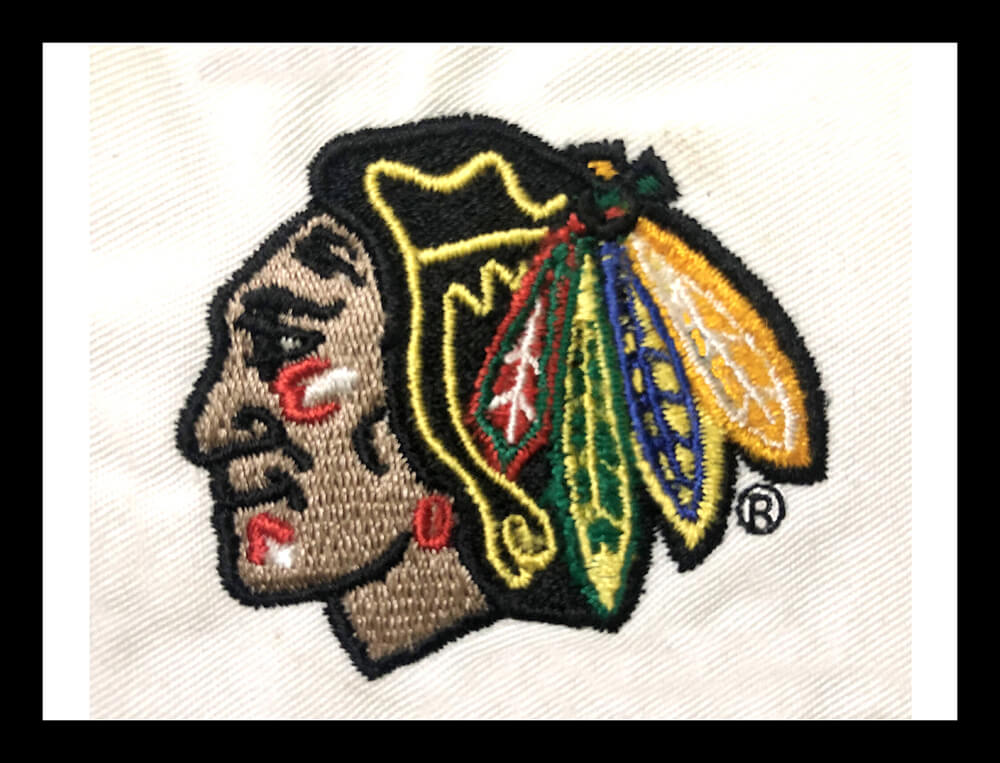Expert Digitizing for Embroidery: High-Quality Layouts
Expert Digitizing for Embroidery: High-Quality Layouts
Blog Article
Simplifying the Art of Embroidery Digitizing: Step-by-Step Overview
Embroidery digitizing is a meticulous craft that demands accuracy and creative thinking. As technology remains to breakthrough, the digitization procedure has actually become extra accessible, allowing lovers to bring their detailed styles to life with convenience. In this guide, we will unwind the complexities of embroidery digitizing, breaking down each step methodically to enhance the procedure and empower both novices and skilled embroiderers alike. Stay tuned to uncover how you can simplify this elaborate art type and change your imaginative visions into perfectly embroidered work of arts.
Recognizing Embroidery Digitizing Software Application
Embroidery digitizing software program offers as an important device for changing detailed designs right into digital formats suitable with embroidery machines, assisting in specific sewing and customization. This specialized software permits individuals to import different photo file formats, such as JPG or PNG, and convert them right into embroidery machine-readable styles like DST, EXP, or PES - Digitizing for Embroidery. By utilizing functions like stitch modifying, underlay options, and string color choice, digitizing software allows individuals to manage every element of the style procedure
Additionally, progressed embroidery digitizing software uses tools for producing complex designs, readjusting stitch thickness, and incorporating detailed details. Users can also preview the layout prior to sewing it out, ensuring accuracy and minimizing errors. Additionally, several software programs offer automatic functions that aid streamline the digitizing process, conserving time and initiative.
Understanding the abilities of embroidery digitizing software is vital for attaining high-quality cause embroidery projects. By grasping this device, embroidery enthusiasts and experts can unleash their creative thinking and bring detailed layouts to life with accuracy and efficiency.

Selecting the Right Style Data
After acquainting on your own with the capabilities of embroidery digitizing software program, the following crucial action in the procedure is picking the best layout declare your task. Digitizing for Embroidery. When selecting a layout data for needlework digitizing, it's vital to take into consideration the complexity of the style, the size of the end product, and the kind of material you will be dealing with
For intricate layouts with great details, a high-resolution picture or vector file is recommended to ensure that the needlework machine can accurately replicate the design. Furthermore, the size of the last item plays a substantial function in choosing the best design documents. Bigger layouts may need higher resolution documents to maintain clarity and sharpness.
Additionally, the type of material you will certainly be stitching on influences the selection of layout file. Different textiles may need adjustments in the style file to make certain that the stitches are correctly lined up and the design shows up as planned. By carefully picking the appropriate layout documents based upon these elements, you can set on your own up for an effective embroidery digitizing procedure.
Digitizing Devices and Strategies
Utilizing specialized software program and precision methods, digitizing tools are vital in transforming complex designs right into embroidery-ready documents. Needlework digitizing software, such as Wilcom, Hatch, or Embrilliance, provides the essential platform to transform artwork into stitch data. These programs provide functions like stitch editing and enhancing, rug options, and lettering devices to make sure the design translates flawlessly onto material.
Among the essential techniques in digitizing is producing a clear course for the embroidery device to follow. This involves digitizing each element of the style with precision, identifying stitch types, thickness, and instructions. By utilizing tools like digitizing tablets or More hints software-specific plugins, embroiderers can accomplish a high level of precision in their digitized layouts.
In addition, grasping the art of rug sewing is essential for creating high quality embroidery. Underlay sewing stabilizes the material and creates a structure for the design, ensuring that the end product is both aesthetically enticing and long-lasting. By understanding these digitizing devices and strategies, embroiderers can raise their craft and bring elaborate designs to life with precision and performance.
Customizing Stitch Kinds and Instructions
The selection of stitch types can considerably affect the total look and appearance of the embroidered style. By tactically incorporating these stitch kinds, embroiderers can achieve deepness and measurement in their styles.
Furthermore, the direction of stitches plays an essential function in boosting the aesthetic charm of the final embroidery. By trying out with various stitch angles and patterns, embroiderers can bring their layouts to life with impressive information and details.
Testing and Refining Your Digitized Layout
To ensure the accuracy and quality of your digitized design, comprehensive testing and refinement are vital action in the needlework digitizing process. Once you have actually finished the digitization of your style, it is critical my blog to test it before waging the real embroidery. Evaluating permits you to identify any type of possible concerns such as string breaks, sew density troubles, or design distortions that may impact the final result.

After screening, it is necessary to refine your digitized style based on the comments from the test sew-out. This might include tweaking sew setups, readjusting densities, or making changes to the general layout to achieve the wanted result. By repeating through testing and refinement, you can adjust your digitized layout to perfection before moving on with the actual needlework process.
Conclusion
To conclude, grasping the art of needlework digitizing requires an extensive understanding of the software, choosing the right design documents, using digitizing devices and methods, customizing stitch types and directions, and testing and fine-tuning the digitized layout. By complying with these steps, embroiderers can visit their website simplify the digitizing procedure and develop premium stitched styles with precision and effectiveness.
Report this page